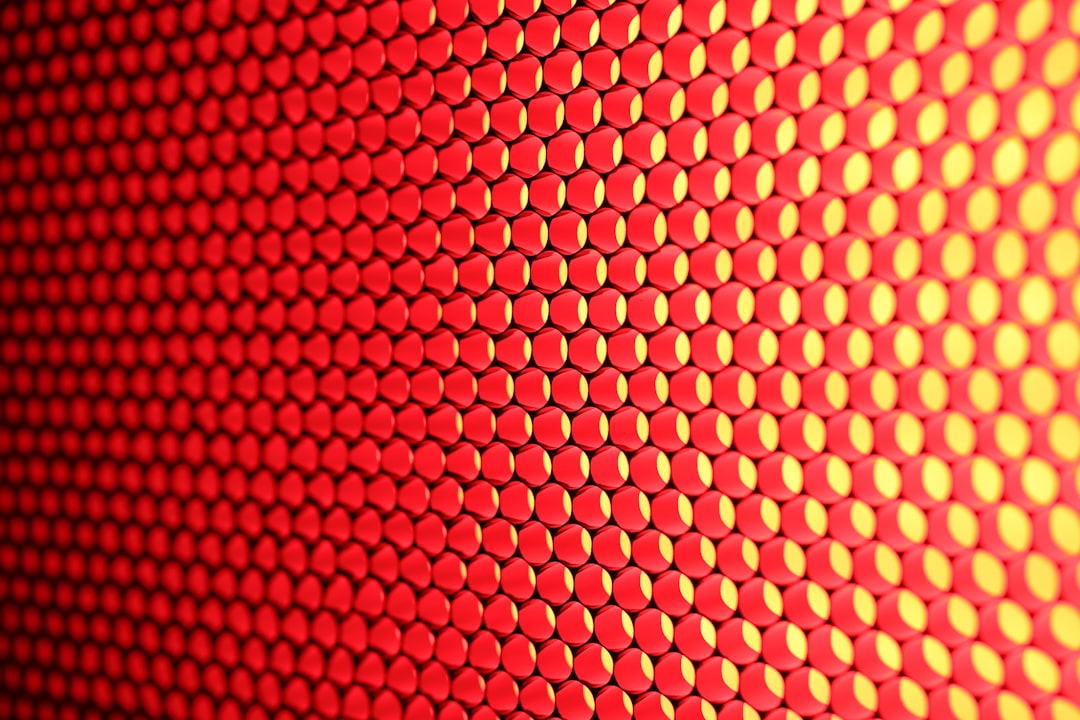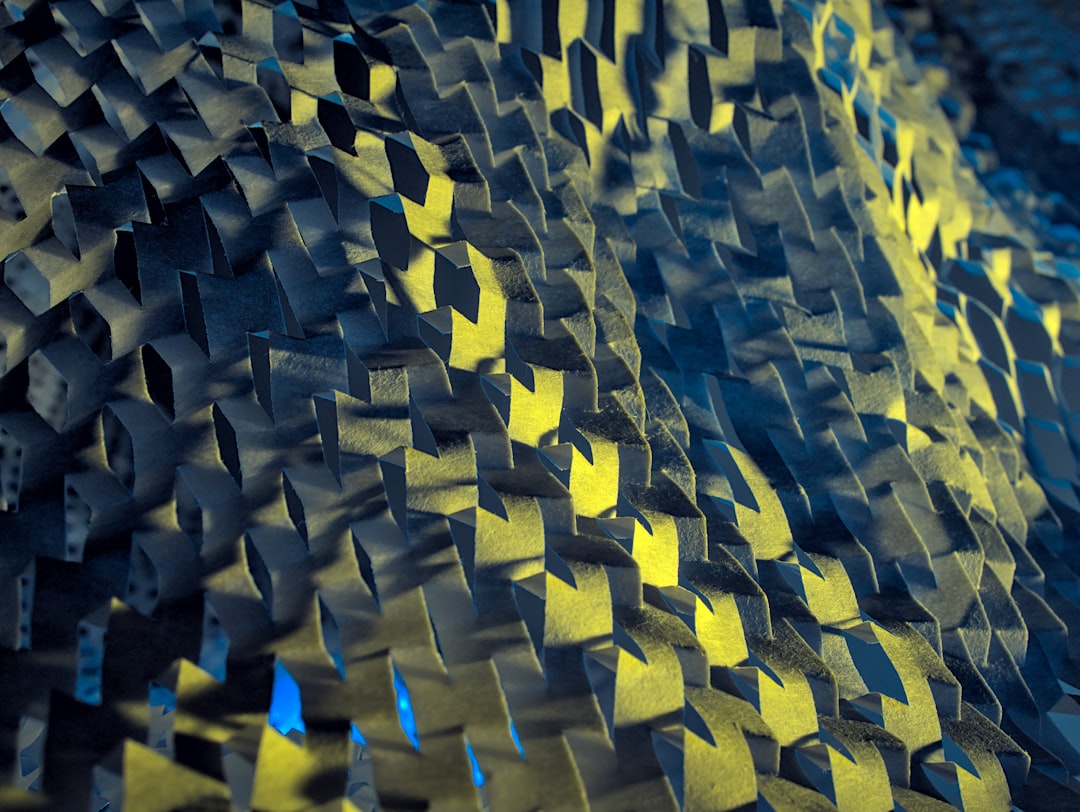What is it about?
Flexible and wearable piezoelectric bio e-skin (PBio-e-skin) based on electrospun poly(L-lactic acid) PLLA nanofiber membrane is demonstrated for non-invasive human physiological signal monitoring and detecting dynamic tactile stimuli. PBio-e-skin has the ability to measure subtle movement of muscle in the internal organs such as esophagus, trachea, motion of joints and arterial pressure by recognition of strains on human skin. This flexible and light weight PBio-e-skin precisely detects vital signs and provides important clinical insights without using any external power source.
Featured Image
Why is it important?
Eventually, the low cost, environmental friendly PBio-e-skin will have a huge impact in a broad range of applications including self-powered wearable health care systems, human–machine interfacing devices, artificial intelligence and prosthetic skin.
Perspectives
poly(L-lactide) (PLLA) is a biocompatible, biodegradable, and optically active polymer and is increasingly drawing attention due to its medical usefulness in tissue engineering scaffolds. As a natural piezoelectric material PLLA has its own facility for self-powered e-skin applications.
Dr. Sujoy Kumar Ghosh
NEST, Istituto Nanoscienze-CNR,Pisa, Italy
Read the Original
This page is a summary of: Human skin interactive self-powered wearable piezoelectric bio-e-skin by electrospun poly-l-lactic acid nanofibers for non-invasive physiological signal monitoring, Journal of Materials Chemistry B, January 2017, Royal Society of Chemistry,
DOI: 10.1039/c7tb01439b.
You can read the full text:
Contributors
The following have contributed to this page










